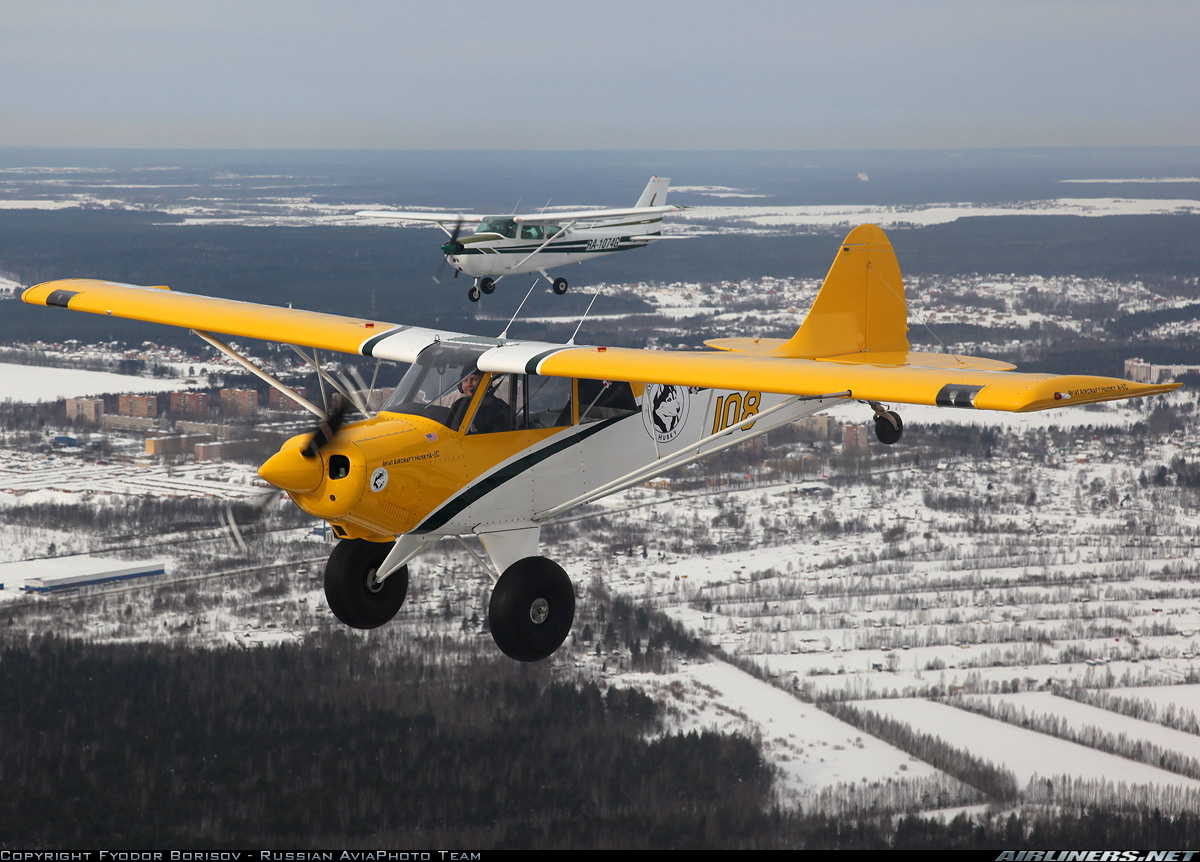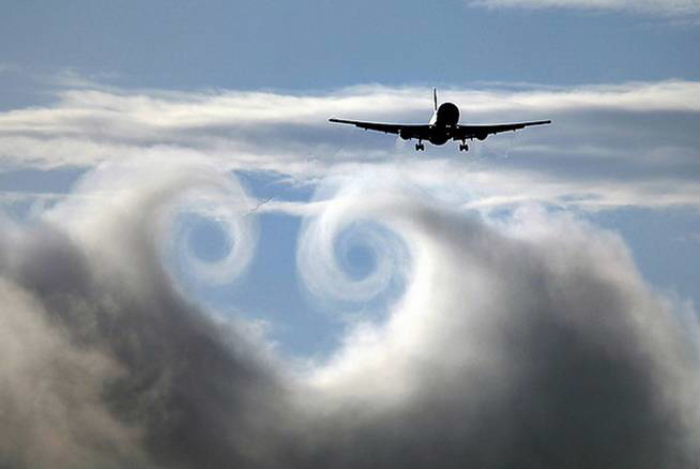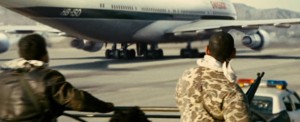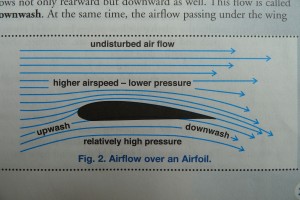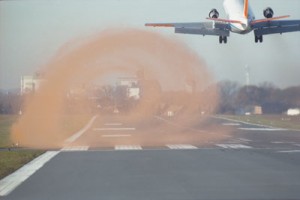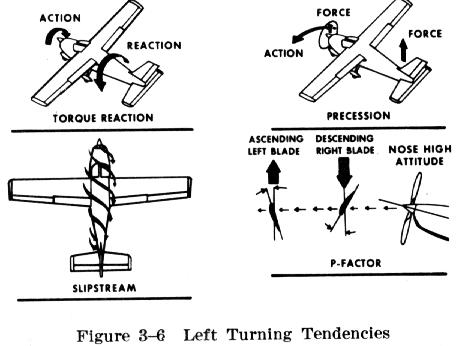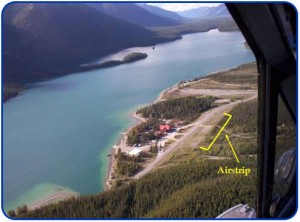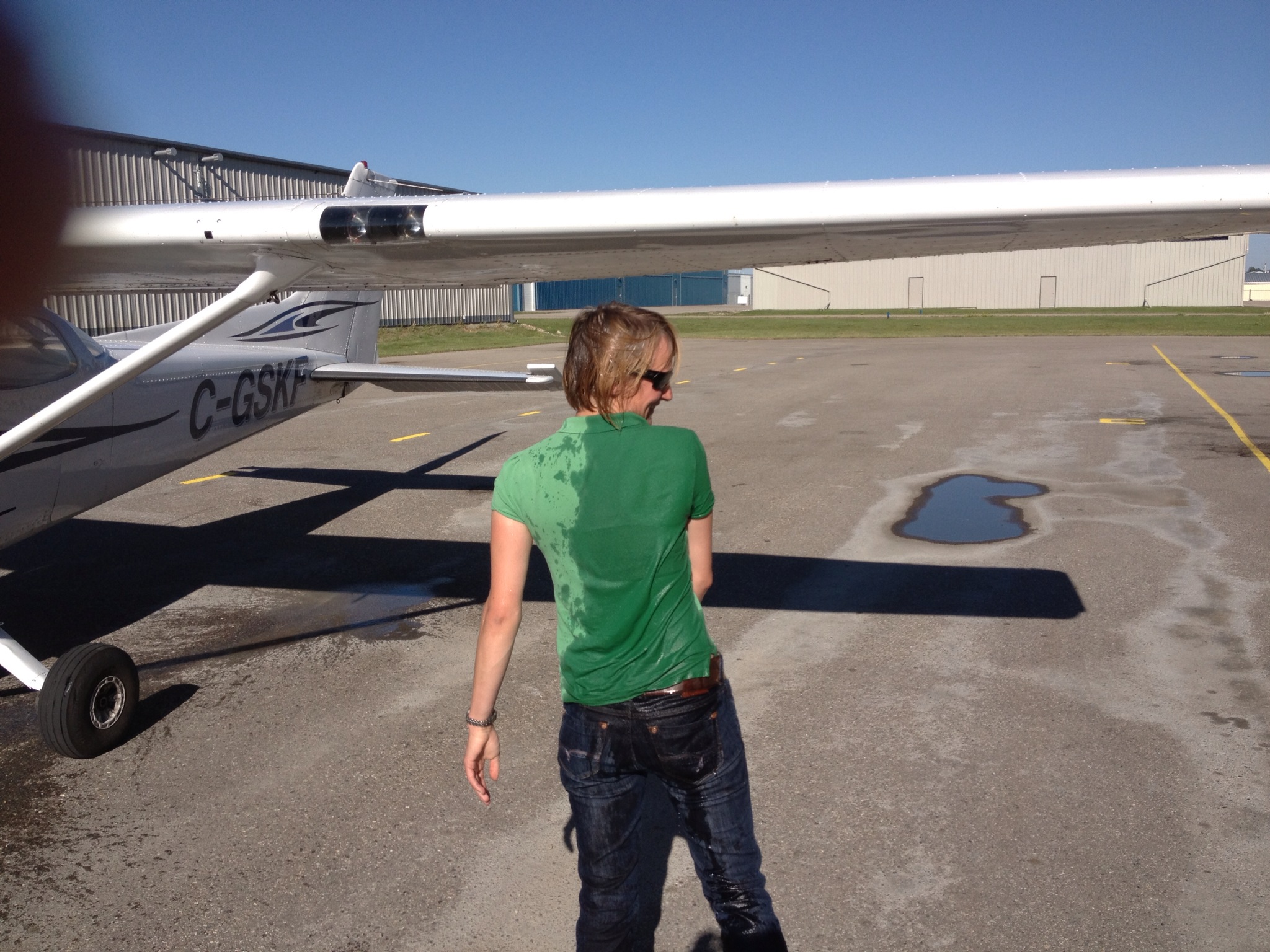
The story leading up to my first solo out of Springbank!
Getting Ready
The time leading up to my first solo was a tense period. It was something that took a very long time to accomplish, given the disjointed nature that my flight training has taken. I spent 15 hours flying from Edmonton City Centre over 8 months (from April to December) and was close to joining the circuit – all my time was upper air and I didn’t concentrate on the landings – when I moved and had to switch flight schools. Luckily for me, my instructor Sarah moved to Calgary after me, just dumb luck and great timing! so I didn’t have to switch instructors.
Airport Switch!
I had a long, 4 month break. Switching to Springbank, CYBW was a real shock. It has a much different flavor than Edmonton City Centre – much busier, very congested, very overwhelming, and with worse weather, stronger, gustier winds and more upper air turbulence. It took only a few hours to finish the upper air exercises but it was a lot of work and I had to fight through a lot of fear.
I managed to accumulate another 15 hours before the next break. I spent the rest of the summer abroad. I was nowhere near soloing, I was still very scared of flying. The next fall was a tricky period, the weather was so terrible that fall that I had an 8 month break from flying when I finally took to the air in January.
Back in the circuit
It didn’t take terribly long to get back into it, I already accumulated 30 hours and everything came back quickly. We did a couple of lessons in upper air work and then we were back in the circuit. Sarah was impressed with how quickly I progressed when thrown into it after such a long break. She said I would be soloing quickly. I didn’t feel comfortable, or ready, and didn’t particularly want to do it. After about 4 or 5 lessons she said “wow, you’re doing really well – would you like me to jump out now?” When asked how I was feeling, I told her that I had a good sense of the entire landing ‘package’, and I could physically link the full sequence of steps from takeoff to landing.
My next lesson, which was one month later was a pivotal one. It was evening, the days were getting longer, the winds were getting light, it was almost my birthday, and it was the first time I we were flying circuits from runway 07. After takeoff, the receding sun shone in our eyes as we turned downwind on runway 07. After three landings, Sarah was pretty happy. I did not see coming what happened next.
Are you trying to kill me?
After landing for the fourth time, Sarah grabbed control, pulled back and applied the brakes, and moved the plane off the runway. I thought, “well, I guess we were done for the day but it didn’t seem like as many circuits as usual, and funny that she wouldn’t tell me.” So when we stopped and I looked at her quizzingly, she said “you’re going solo” I just about freaked out.
She gave me my licenses and documents to put in my kneeboard, and explained the procedure. All the meanwhile I was protesting. After a small discussion when she taxied to the tower apron, the spot where she was supposed to get out, I repeatedly went over and over that I’m too scared and in my mind I was NOT going alone that day! It took awhile to convince her, because she was adamant that I was ready. It really felt like she knew something that I didn’t, and I should’ve trusted that, but I was so uncomfortable. So she finally accepted my protests and we taxied back to the school. WITH my tail between my legs, naturally, and I have regret it ever since. Because it didn’t get any easier and still had to get over that fear. It is something that you have to do – and your instructor knows when you are ready. You have to trust them.
Instructor Switch!
I wish that I knew what would come next, then I would’ve just pushed myself to do the solo anyway, even though I thought surely I would die. The next flight we were in the circuit again, with very busy traffic, often times we were number six and there were helicopters and all sorts of traffic entering the pattern, and the radio was very busy. Sarah was disappointed. She mentioned, since I was expecting it, that I wouldn’t go solo that day because of the heavy traffic. That was my last flight with Sarah. Roughly a few weeks later, after a few weather cancellations, she left teaching and suggested an instructor she thought would be a good fit for me.
Read First Solo Flight – Part 2
